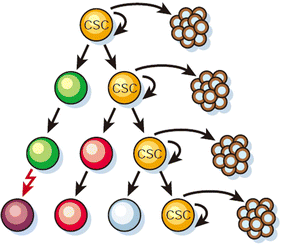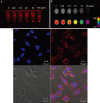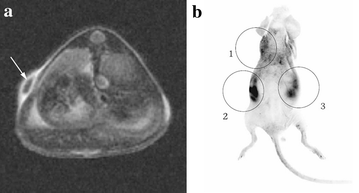Application prospective of nanoprobes with MRI and FI dual-modality imaging on breast cancer stem cells in tumor
- PMID: 27339420
- PMCID: PMC4918029
- DOI: 10.1186/s12951-016-0195-8
Application prospective of nanoprobes with MRI and FI dual-modality imaging on breast cancer stem cells in tumor
Abstract
Breast cancer (BC) is a serious disease to threat lives of women. Numerous studies have proved that BC originates from cancer stem cells (CSCs). But at present, no one approach can quickly and simply identify breast cancer stem cells (BCSCs) in solid tumor. Nanotechnology is probably able to realize this goal. But in study process, scientists find it seems that nanomaterials with one modality, such as magnetic resonance imaging (MRI) or fluorescence imaging (FI), have their own advantages and drawbacks. They cannot meet practical requirements in clinic. The nanoprobe combined MRI with FI modality is a promising tool to accurately detect desired cells with low amount in tissue. In this work, we briefly describe the MRI and FI development history, analyze advantages and disadvantages of nanomaterials with single modality in cancer cell detection. Then the application development of nanomaterials with dual-modality in cancer field is discussed. Finally, the obstacles and prospective of dual-modal nanoparticles in detection field of BCSCs are also pointed out in order to speed up clinical applications of nanoprobes.
Keywords: Breast cancer; Cancer stem cells; Fluorescence; Imaging; Magnetic resonance.
Figures








References
Publication types
MeSH terms
Substances
LinkOut - more resources
Full Text Sources
Other Literature Sources
Medical

